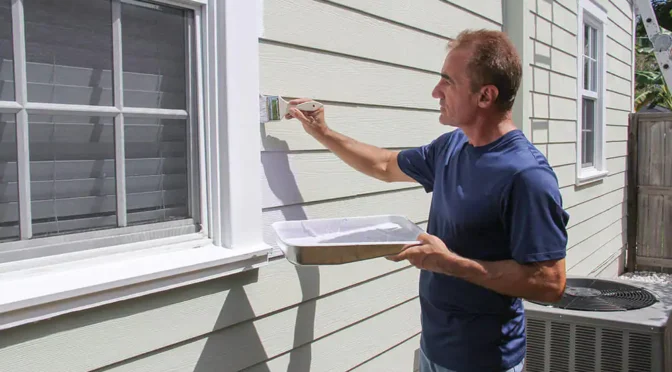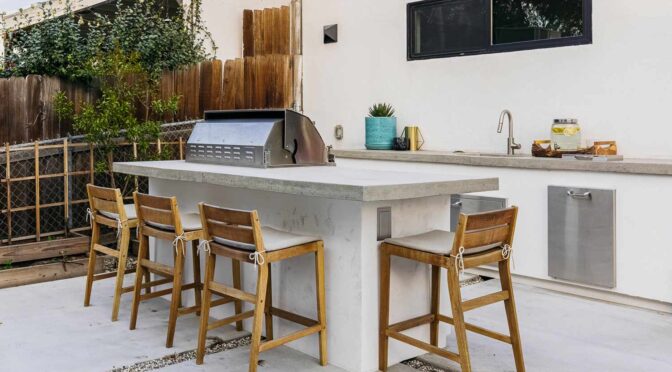Repainting your home’s exterior can be expensive, but it adds curb appeal and protects the surface from the elements. Choosing the right paints and proper preparation will keep costs low.
Ceramic coatings cost more than traditional paint, but they last longer and provide better protection from the sun’s harsh rays. They also help lower energy bills.
Preparation
A house painting exterior coating looks great when it’s done, but a beautiful finish depends on the hard work that goes into surface preparation. The work includes wood rot repair, patching, sanding and cleaning.
For example, a home with old wood needs to be scrubbed down to the raw wood and then treated with a mildewcide to prevent future problems with mold and mildew. For areas that tend to get damp, a water-repellent solution will also help.
A power wash with a cleaning solution is another way to speed up this process, especially if the existing paint is badly weathered or flaking. But use this method with care; an inexperienced user can gouge wood, break glass and drive water behind trim and siding.
A good professional understands how to use a pressure washer safely, advises Family Handyman. In fact, a skilled contractor can eliminate the need for power washing altogether by using a pump sprayer and scrub brush to remove dirt, debris, mildew and broken-down paint.
Primer
There are a number of different exterior primers on the market that can be used on a wide variety of surfaces. Some are more specialized than others, but they all serve the same basic purpose of making your paint job last longer by bonding to the surface and sealing it to make sure that moisture doesn’t get in through small cracks.
When looking for an exterior primer, look for one that is mold and mildew resistant. This will help to keep the surface in good shape, and also helps to prevent the growth of mold or mildew on the primer itself. You should also try to find a primer that has low-odor properties, since painting projects can often go on for hours and you don’t want a strong odor that could be a distraction.
For example, the Kilz Premium High-Hide Stain Blocking Interior/Exterior Latex Primer/Sealer is a great option that can be used on a number of different surfaces and provides a durable finish. It is also low-odor and doesn’t contain any volatile organic compounds, which makes it safe to use indoors or outside on your project.
Base Coat
A fresh coat of paint is one of the most effective ways to boost a home’s curb appeal and its value. But painting the exterior of a house is a big job and a permanent one at that, so you want to make sure it’s done correctly.
The best way to do that is to choose a high-quality paint. It might cost more, but it’ll last longer and require fewer touchups.
Whether you’re tackling clapboard or aluminum siding, wood shingles, cedar shakes, brick, concrete block, or stucco, there is an exterior paint that’s right for the material and your climate. The color you select will help your home blend in with its surroundings and stand out from the neighborhood.
If your house has stucco, we recommend using a Tex-Cote Coolwall exterior coating. Regular exterior paint can damage stucco, especially if it’s not properly prepped. Many companies simply paint over existing stucco without repairing it and this can lead to unsightly cracking, chipping, and flaking.
Top Coat
A top coat protects your house from rain, hail, snow and the sun’s damaging UV rays. It’s essential to the long life of your paint job.
A gallon of premium exterior latex costs $35 to $45. It may last 10 years. But it’s not as durable as ceramic coating, which lasts 25 years or more.
Choose the right finish for your home. A satin sheen looks great on shingles and clapboards, but gloss is better for high-traffic areas. It’s also more resistant to moisture and stains.
A reputable painting service should provide detailed bids, including the square footage of your house and how many coats it will require. They should also have a portfolio of previous projects, references and insurance coverage. Verify that they carry a minimum of $1 million in liability and workers’ compensation insurance. Ask for the names and phone numbers of satisfied customers. Call them or visit their homes to inspect their work.

